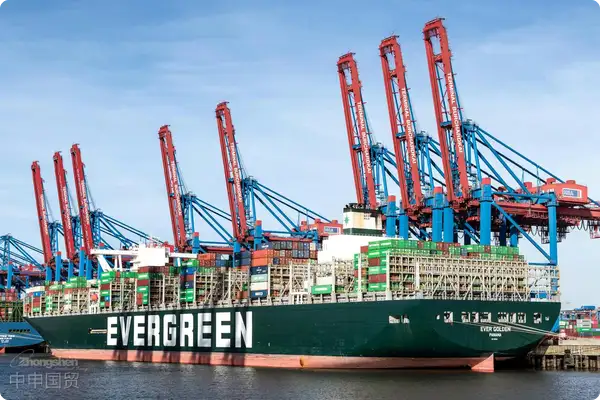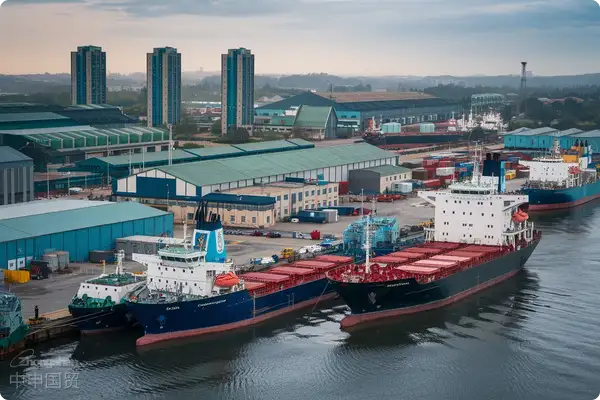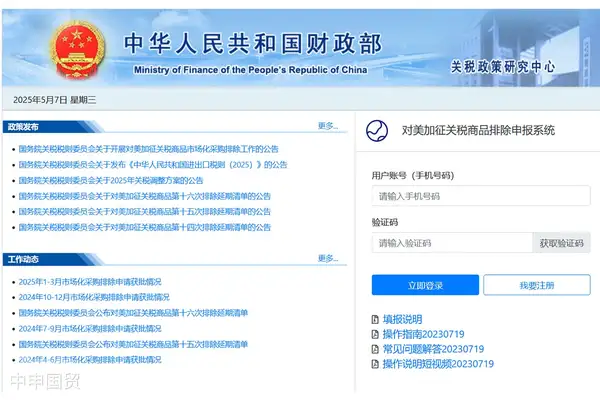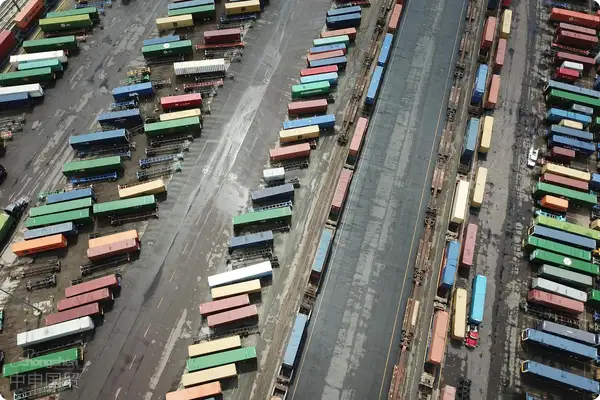- Shanghai Zhongshen International Trade Co., Ltd. - Two decades of trade agency expertise.
- Service Hotline: 139 1787 2118
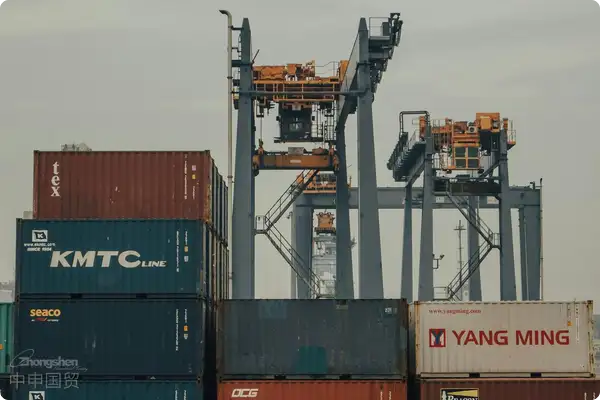
I. Case Background: Special Characteristics of LED Module Imports
In April 2023, we successfully facilitated the clearance of a batch of LED modules through Shanghai Qianhaiwan Bonded Port AreaImport ClearanceAs typical electronic products, LED module imports involve3Cmultiple professional aspects such as certification, energy efficiency standards, and tariff classification. These products are generally classified under HS codes 8539 or 8541, with import duties around 8-10%, VAT at 13%, and special attention must be paid to whether the products fall under mandatory certification requirements.
In practice, we have identified three typical pain points in LED module imports: First, the complex technical parameters make it difficult to accurately define declaration elements; second, some models may require confirmation of being outside the CCC catalog; third, the differences between special customs supervision policies in bonded ports and general trade. These all require professional teams to prepare contingency plans in advance.
II. Complete Process Breakdown: From Document Preparation to Cargo Release
1. Preliminary Document Preparation Stage
We have established a comprehensive document checklist system for clients:
- Basic trade documents: Including original trade contracts with both parties' signatures, proforma invoices (indicating trade terms such as CIF Shanghai), and detailed packing lists
- Transport documents:Air TransportationMaster bill/split bill (pay attention to consistency between consignee information and declaration entity)
- Technical documents: Product manuals (including circuit diagrams and technical parameters), original labels with professional Chinese translations
- Certification documents: CCC certificates or confirmation letters for products outside the catalog (depending on specific models)
2. Practical Operations for Customs Clearance in Bonded Port Areas
Shanghai Qianhaiwan Bonded Port Area, as a special customs supervision zone, has distinctive customs clearance procedures:
- Entry declaration: Adopts the "first-line declaration" model, where goods entering the zone only require simple filing and may temporarily defer payment of import taxes
- classified supervision: Implements different supervision methods based on the client's subsequent flow direction (bonded warehousing/zone exit for domestic sales/)Entrepot TradeIntelligent inspection
- : Customs prioritizes non-intrusive inspection methods (CT scanning) for electronic products, significantly reducing clearance timeIn this case, we fully leveraged the bonded port area's policy advantage of "batch entry-exit with centralized declaration," saving the client approximately 23% in working capital occupation.
III. Key Risk Control Points and Solutions
III. Key risk control points and solutions
1. Accuracy control of declaration elements
2. Special attention should be paid to the declaration elements of LED modules:
- 3. Light-emitting principle (LED chip type)
- 4. Application (industrial/civil/automotive)
- 5. Packaging method (SMD/COB, etc.)
- 6. Color temperature parameters (directly affecting tariff classification)
7. We have established a three-level review mechanism: initial review by sales staff → recheck by customs manager → final review by technical consultant to ensure complete consistency between declaration information and physical goods.
8. 2. 3C certification compliance processing
9. Through preliminary product pre-classification, we have confirmed that this batch of LED modules:
- 10. 40% of the models are outside the CCC catalog (providing technical description documents)
- 60% of models utilize extended coverage under the customer's existing CCC certification
- Key components (such as drive power supplies) undergo separate verification of certification status
This classification approach avoids the cost increase from a 'one-size-fits-all' solution, saving an average of 2000 yuan in certification fees per model
IV.ZhongShen International TradeService value proposition
1. End-to-end service capabilities
We have established a 'trinity' service system:
- Customs specialist team: Led by customs brokers with 15 years of experience, supported by dedicated document reviewers
- Technical consultant network: Established rapid communication channels with institutions such as SGS and CCIC
- Logistics dispatch system: Self-owned customs supervised vehicles + contracted air freight space
Cost optimization solutions
Achieve an 18% reduction in comprehensive costs for customers through the following methods:
- Utilizing free trade agreement rules of origin (such as China-ASEAN FTA)
- Rational use of bonded port area's consolidated declaration policy
- Optimize transportation routes (Hong Kong - Shanghai Pudong Airport - Qianhaiwan Bonded Port Area)
V. Industry Trends and Suggestions
With the full implementation of RCEP, new characteristics have emerged in electronics imports:
- Tariff concessions: Agreement rates for LED products decrease year by year
- Customs clearance facilitation: More ports pilot "Smart Customs" reform
- Regulatory innovation: Business models like bonded maintenance are gradually being liberalized
We recommend importers to:
- Establish a product technical archive and dynamically update the customs classification database
- Prioritize agency companies with experience in special customs supervision zone operations
- Plan annual import strategies 6 months in advance and utilize policy window periods effectively
Through this LED module import case, we can see that the value of professional customs brokerage lies not only in completing clearance procedures, but more importantly in creating substantive commercial value for clients through policy interpretation and process optimization. As an important special customs supervision zone in the Yangtze River Delta, Shanghai Qianhaiwan Bonded Port Area's innovative supervision model provides more possibilities for electronic product imports.
Related Recommendations
? 2025. All Rights Reserved. Shanghai ICP No. 2023007705-2  PSB Record: Shanghai No.31011502009912
PSB Record: Shanghai No.31011502009912
